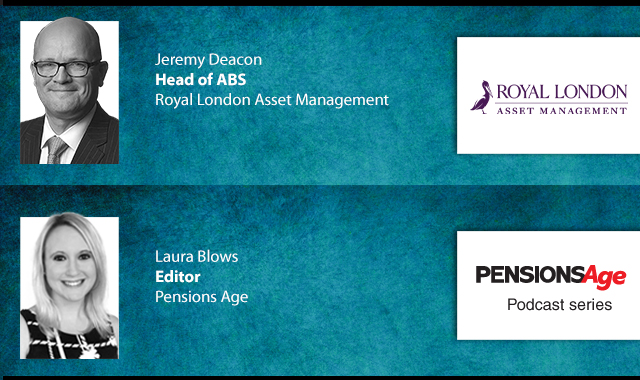Around 3.1 million pensioners could be brought into the higher or additional rate tax band by the 2027/28 tax year due to the government’s frozen income tax thresholds, Quilter's analysis of freedom of information data from HMRC has revealed.
The analysis showed that 2.7 million people aged 60 and over will be brought into the higher rate of income tax in the tax years 2022/23 to 2027/28, while nearly half a million will be brought into the additional rate.
More than a third of those, around 1.3 million people, are 70 or over.
Quilter pointed out that population estimates from the Office for National Statistics showed there are 16.8 million people aged 60 and over living in the UK, meaning that an additional one in five are expected to be taxed at the higher or additional rate of tax due to the government’s frozen tax thresholds increasing tax by stealth.
The group also pointed out that not everyone aged 60 and over will be paying income tax, meaning that the proportion of those who do pay income tax and are pulled into the higher and additional rates is likely to be even greater.
Whilst the Chancellor has confirmed that tax increases are on the cards for October’s budget, Quilter pointed out that, given the Labour government has promised not to change income tax rates, a decrease is unlikely, meaning more people will end up paying higher tax rates.
Given this, it argued that it is “crucial” for people to organise their finances now to retain as much of their income as possible.
Quitler head of retirement policy, Jon Greer, said: “With the Labour government’s first Budget now just over two months away, it is vital that people are managing their finances tax efficiently to help reduce their overall burden.
“Those nearing retirement or semi-retired and still working should look to maximise their pension contributions whenever possible. Pension contributions can sometimes help you avoid tipping over into a higher income tax bracket.
“They are especially beneficial for higher rate taxpayers, as you can currently receive up to 40 per cent tax relief on your contribution but will often only pay the basic rate of 20 per cent when you withdraw the money in the future.
“Pensions provide the most tax efficient way of saving for retirement, so it is important that people are aware of their annual allowance amount and that all who can afford to utilise it do so.
“For those who are already withdrawing from their pension, it is important to only take as much money as you need each tax year as the less you withdraw, the less income tax you will pay. Similarly, it is important to remember how much pension income you will have, including your state pension income as it is also taxable.”
Latest News
-
HMRC overpaid tax repayments pass £1.5bn milestone
-
TPO case closure rates improve despite demand continuing to grow
-
DB schemes urged to ‘set the course’ for long-term strategy under new funding code
-
Blog: Protecting pensions in an age of deception
-
Research reveals twofold increase in number of pensioners paying 60% tax
-
DB schemes told to 'double down' on liquidity management
Private markets – a growing presence within UK DC
Laura Blows discusses the role of private market investment within DC schemes with Aviva Director of Investments, Maiyuresh Rajah
The DB pension landscape
Pensions Age speaks to BlackRock managing director and head of its DB relationship management team, Andrew Reid, about the DB pensions landscape
Podcast: Who matters most in pensions?

In the latest Pensions Age podcast, Francesca Fabrizi speaks to Capita Pension Solutions global practice leader & chief revenue officer, Stuart Heatley, about who matters most in pensions and how to best meet their needs
Podcast: A look at asset-backed securities

Royal London Asset Management head of ABS, Jeremy Deacon, chats about asset-backed securities (ABS) in our latest Pensions Age podcast
© 2019 Perspective Publishing Privacy & Cookies










Recent Stories